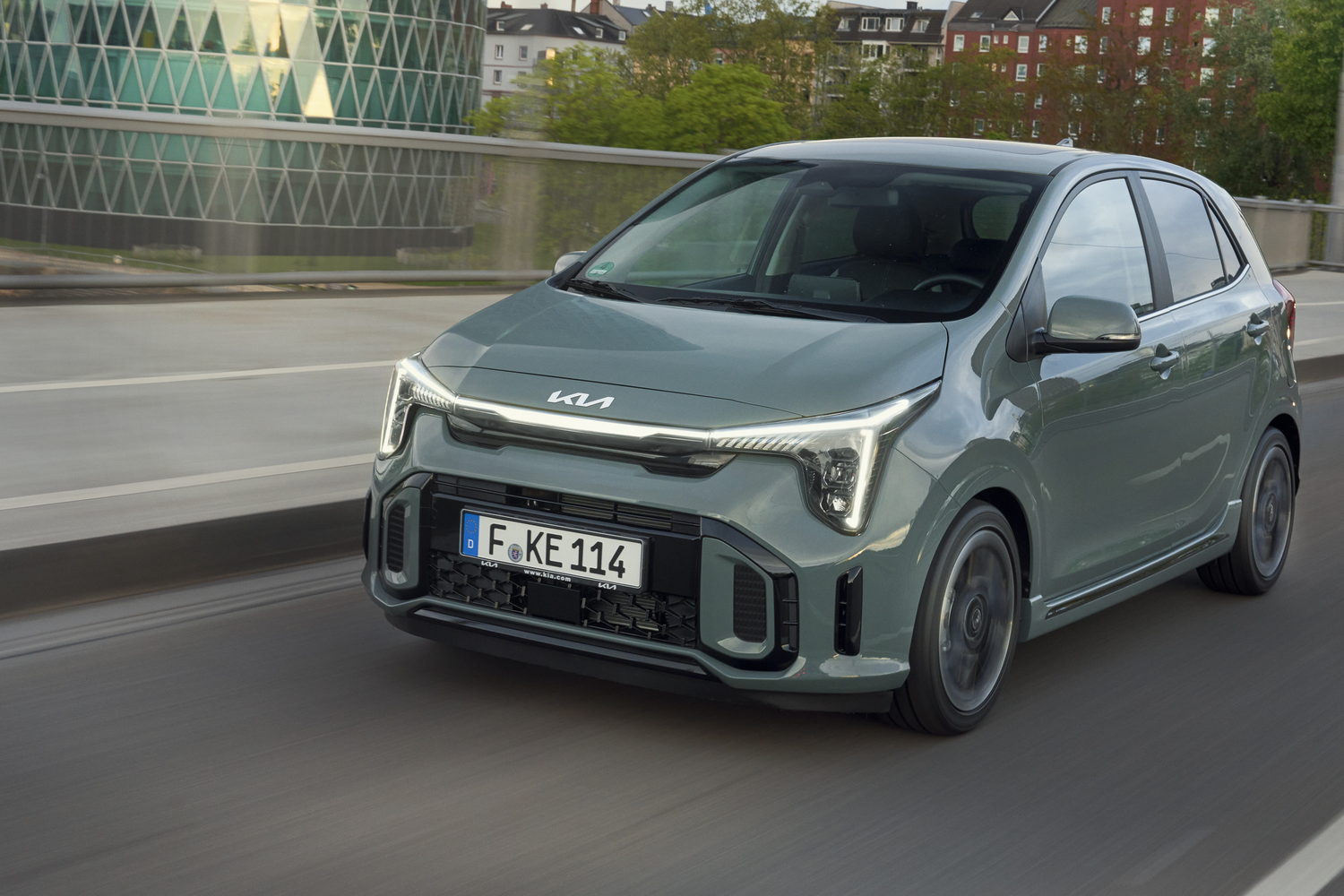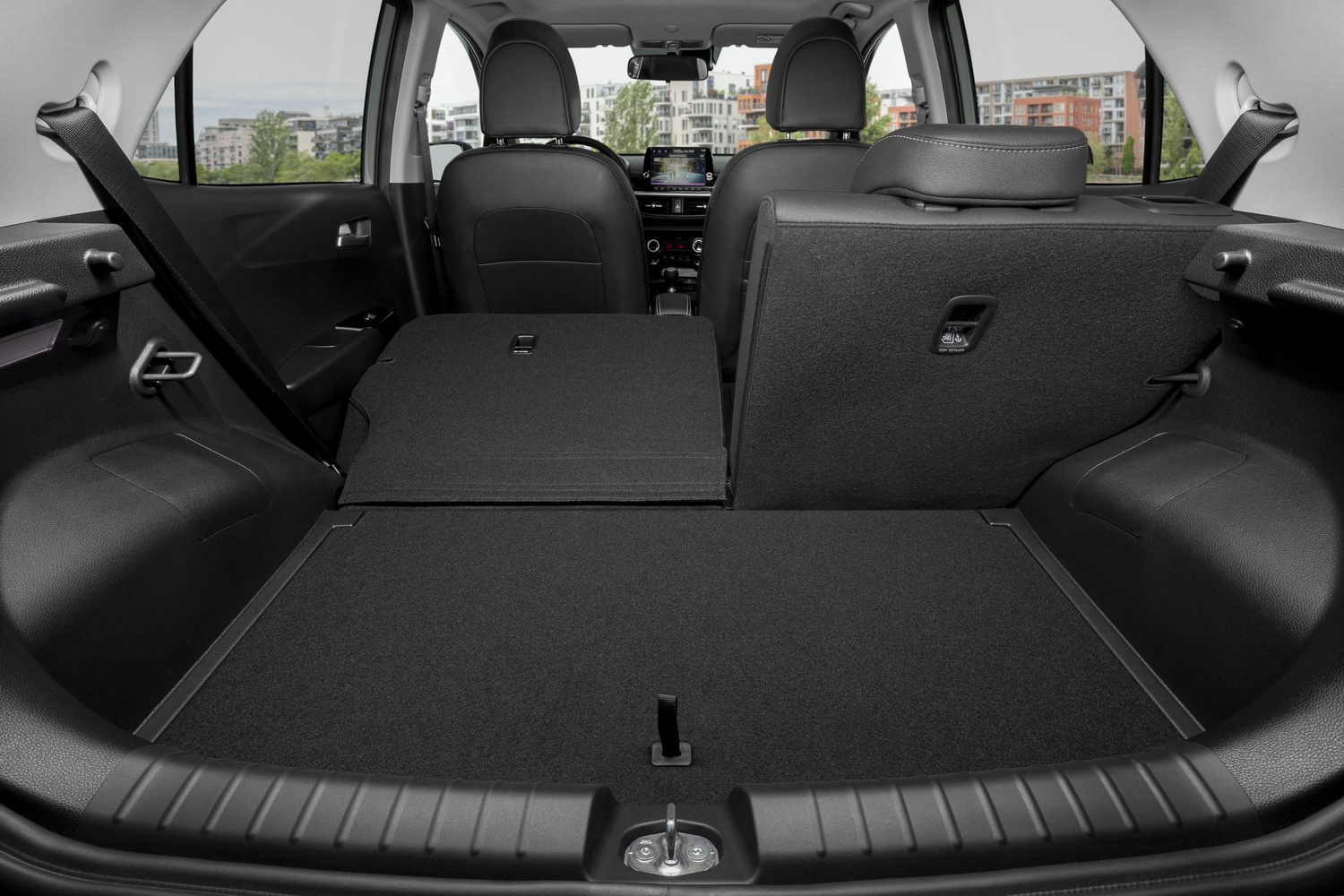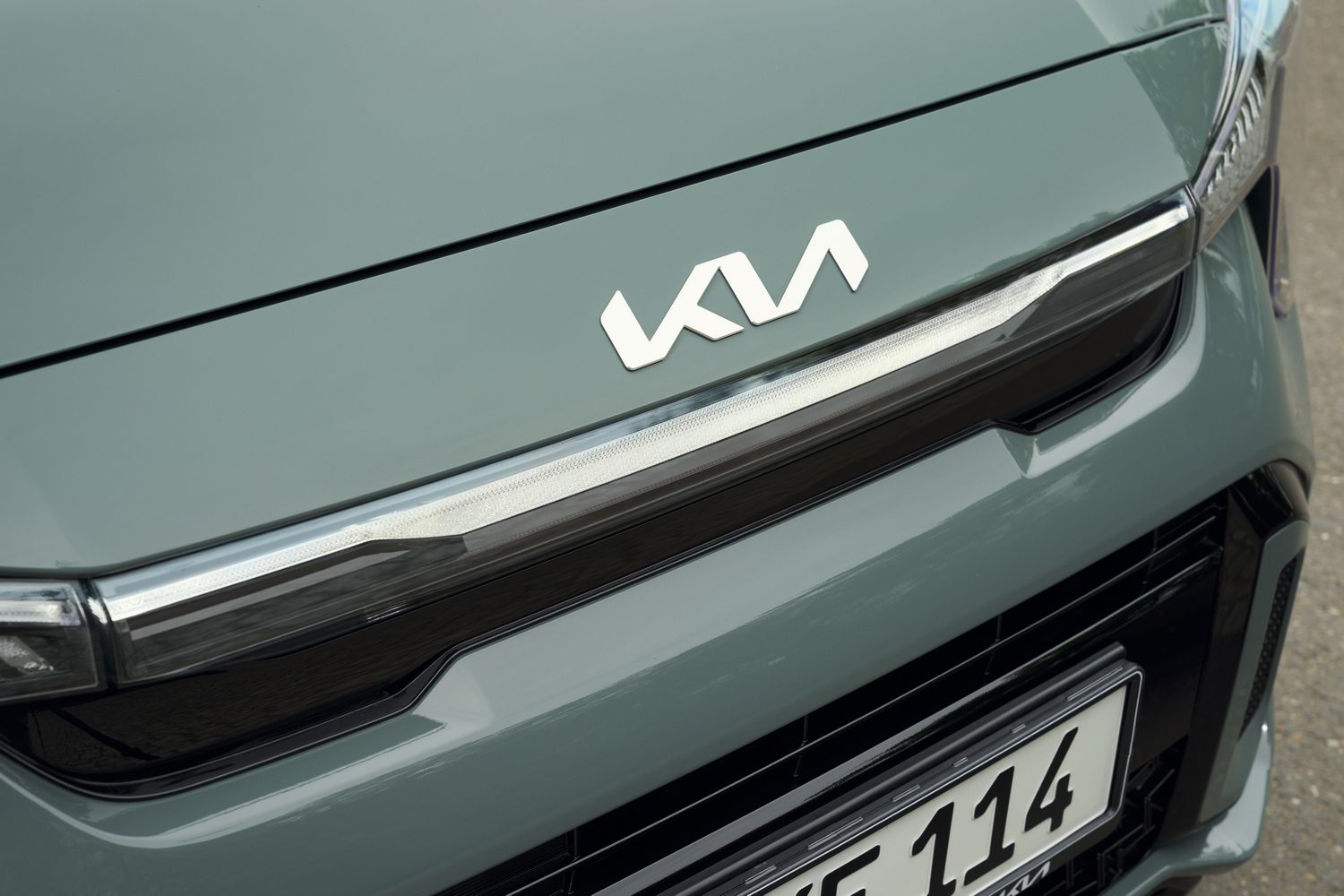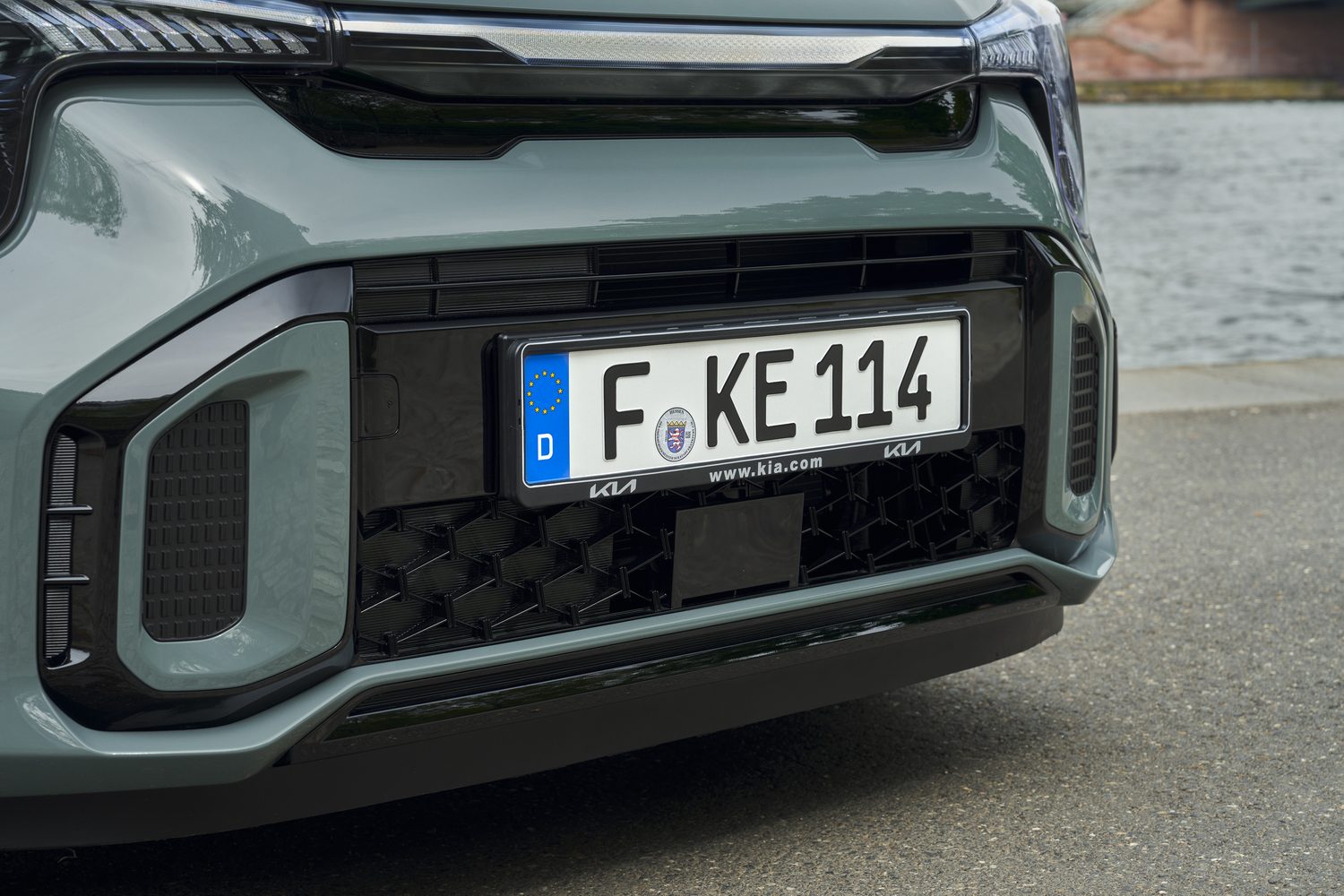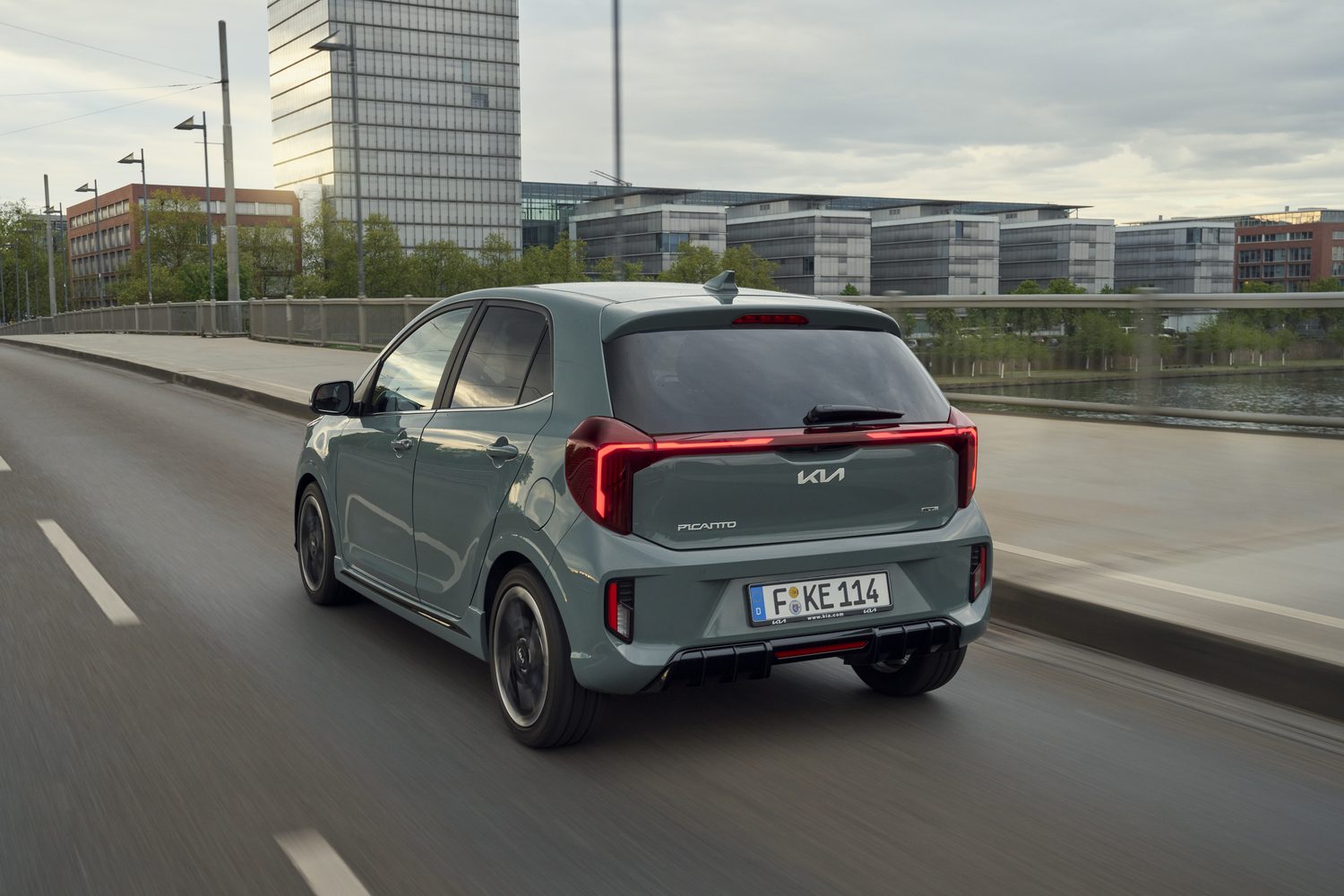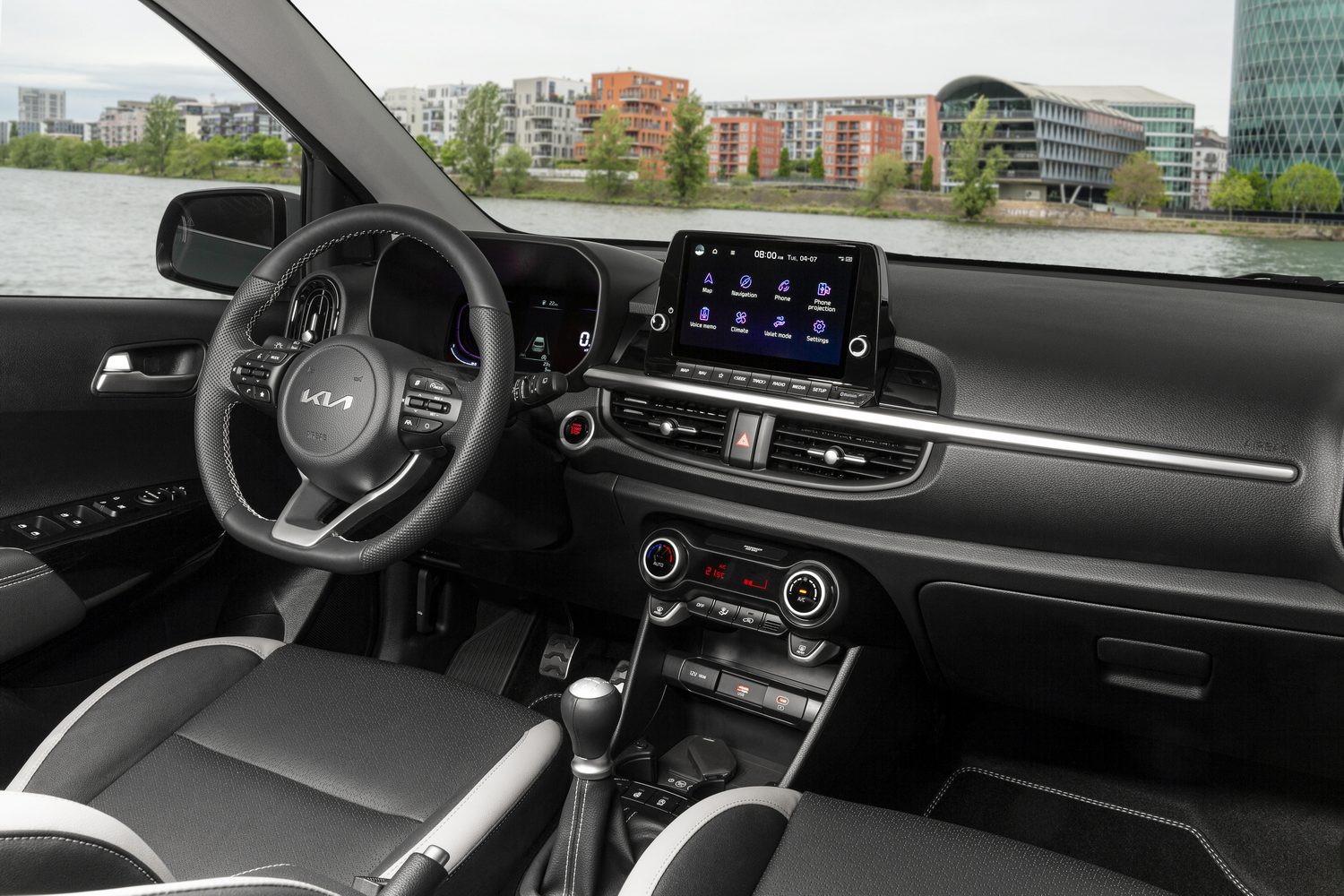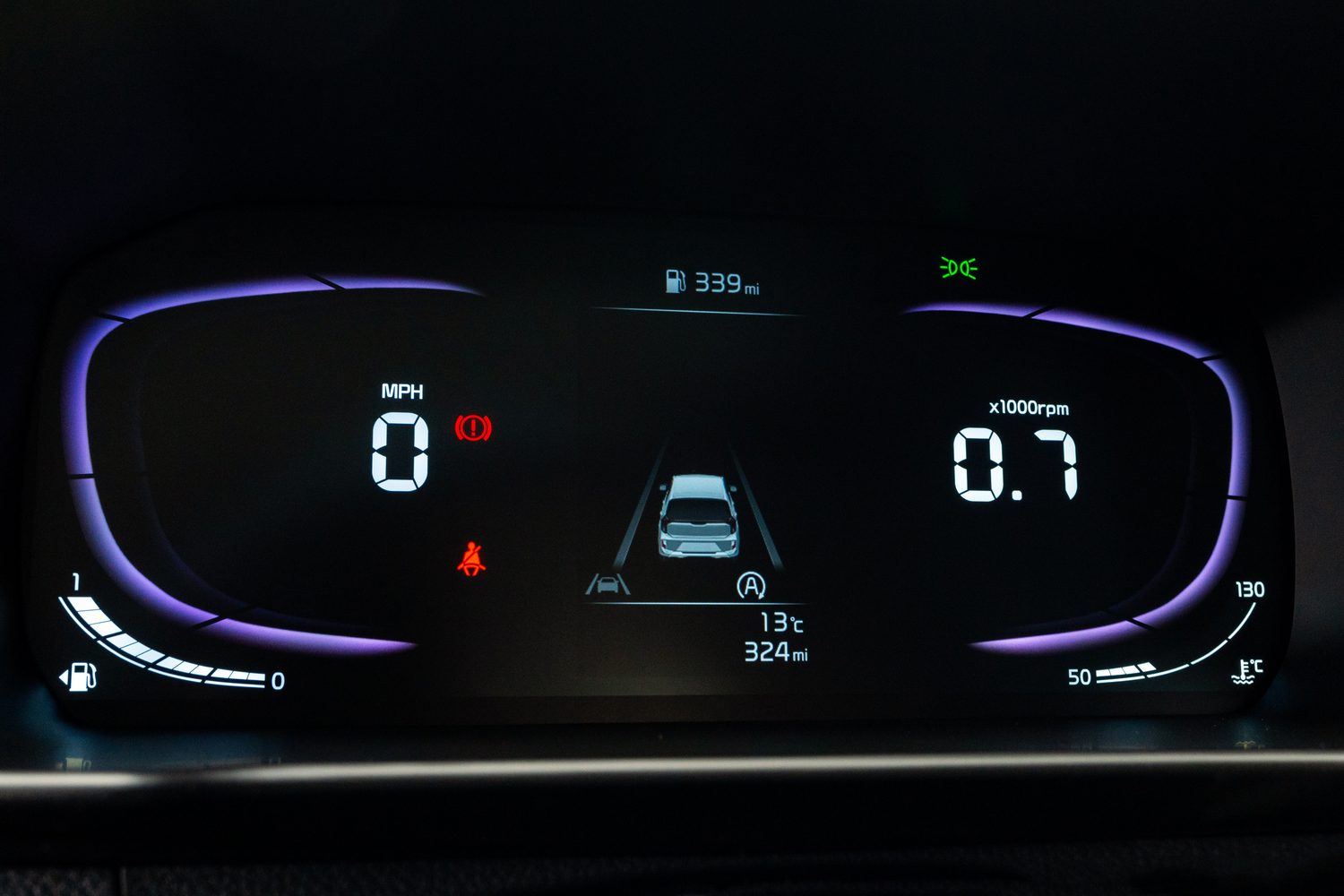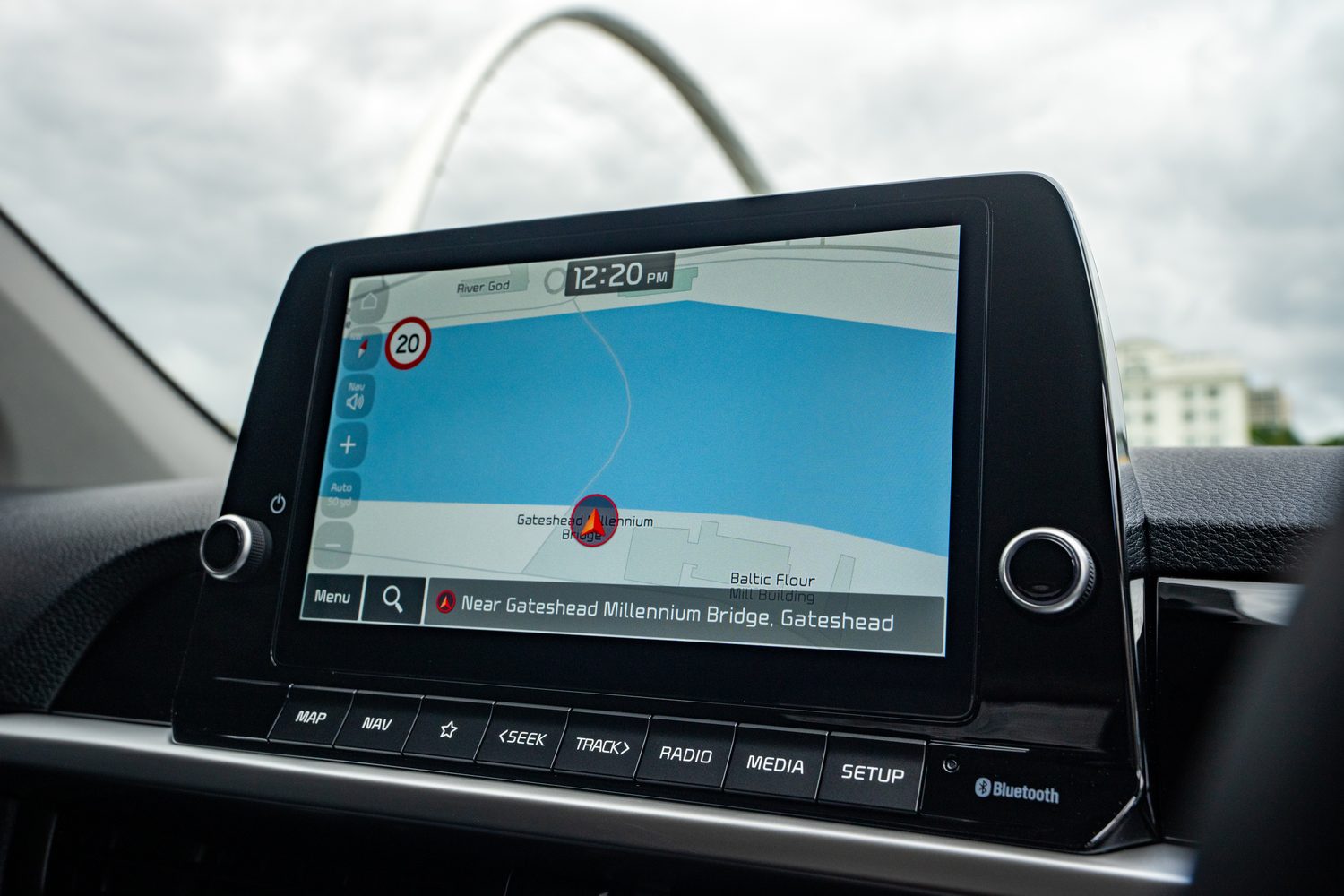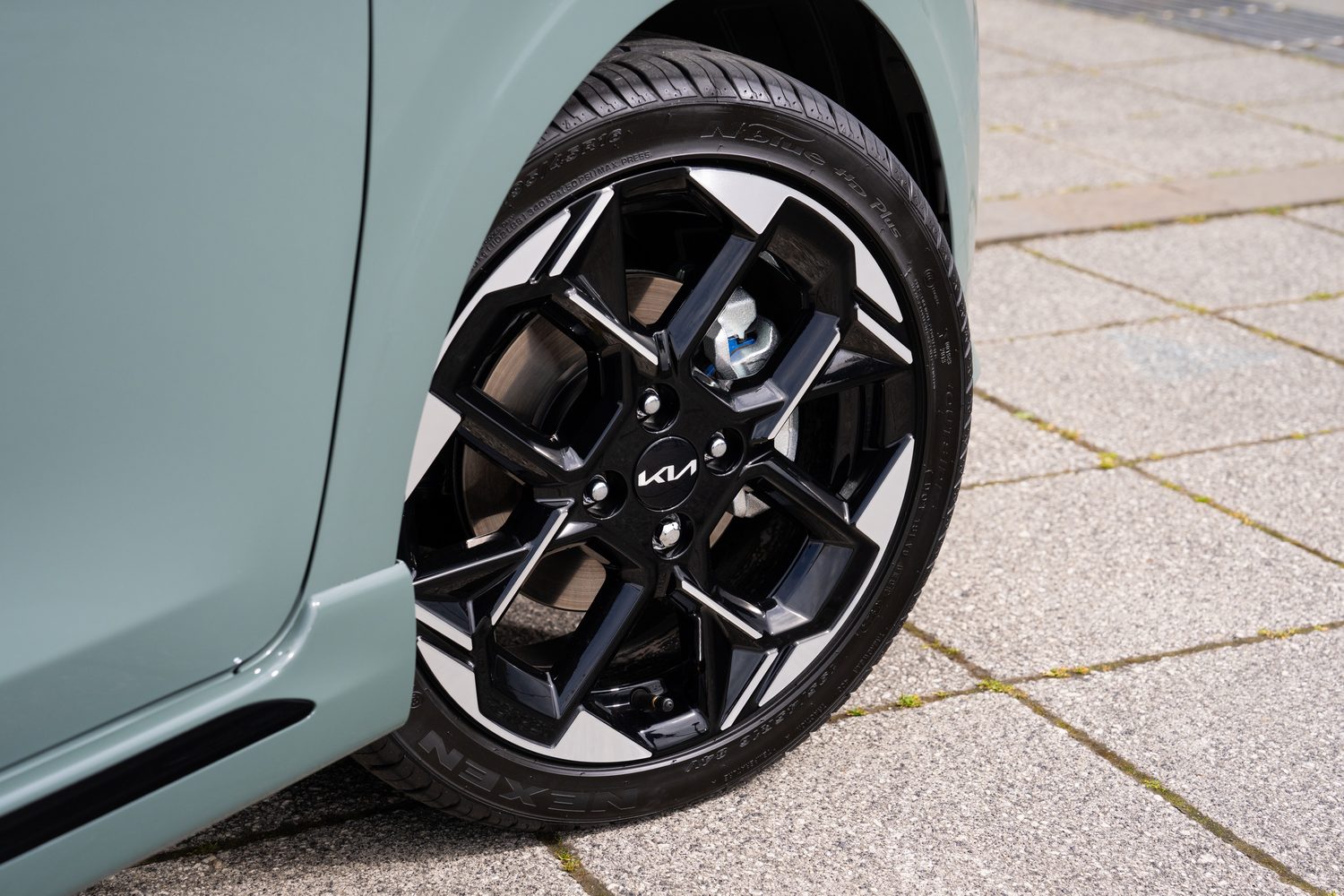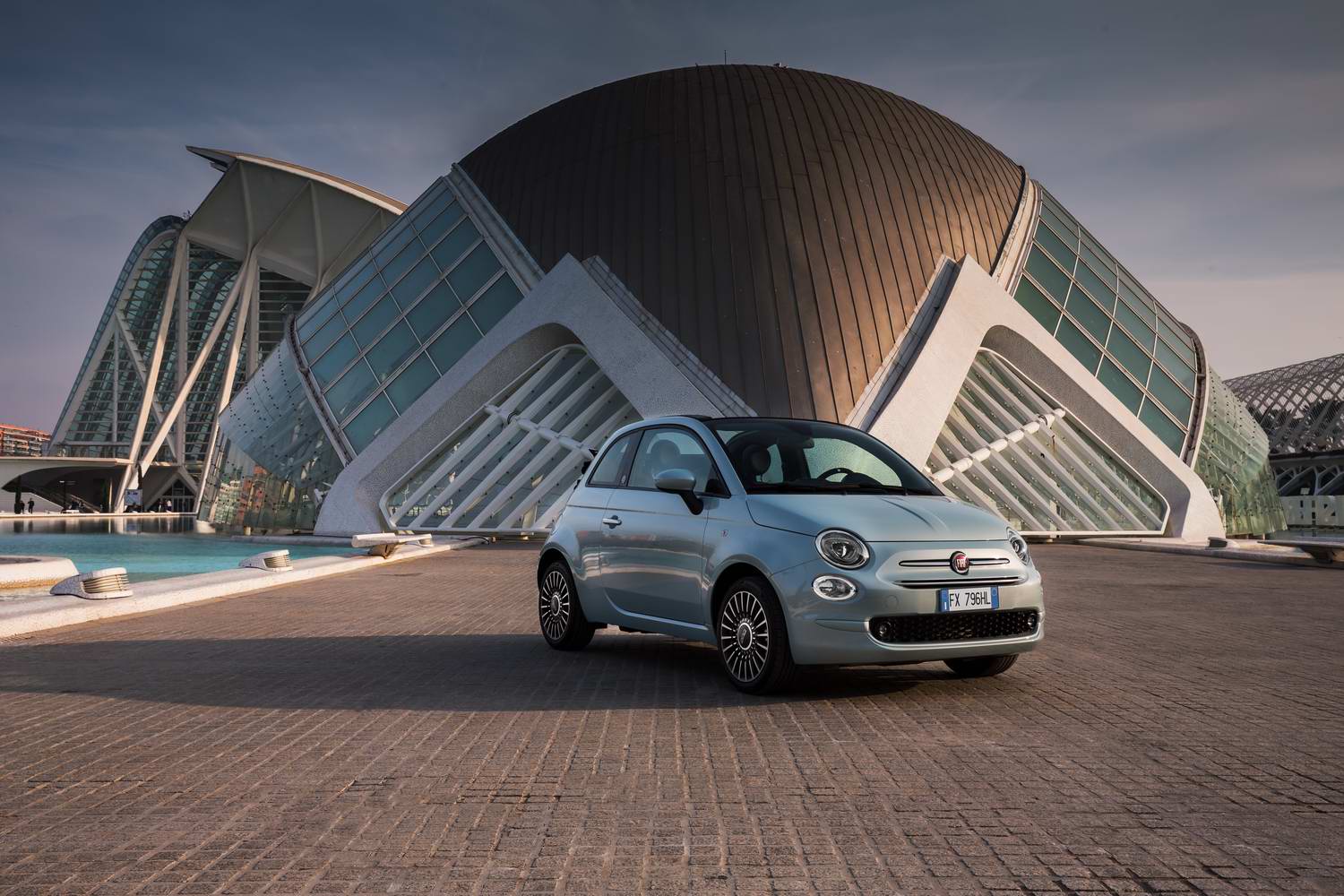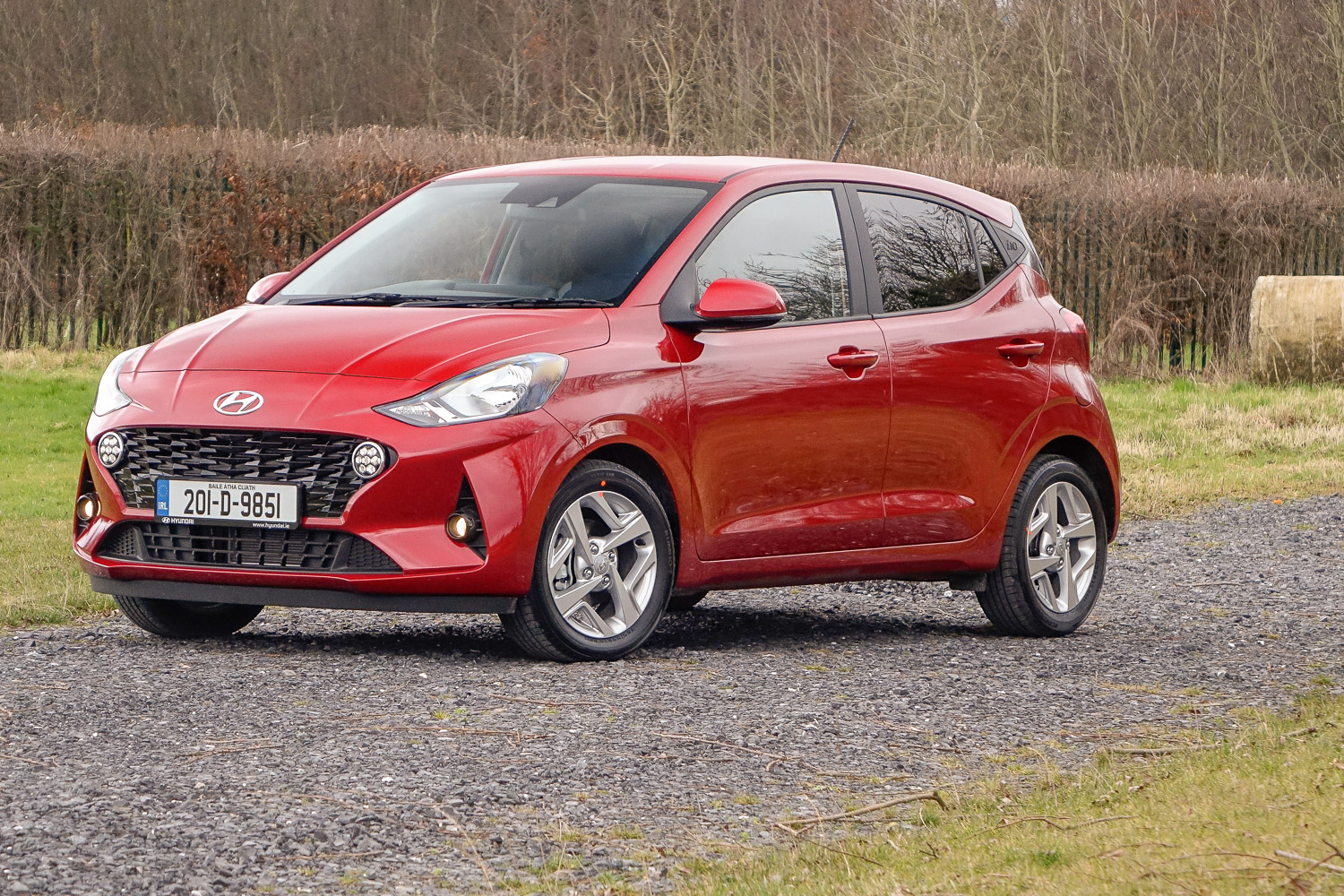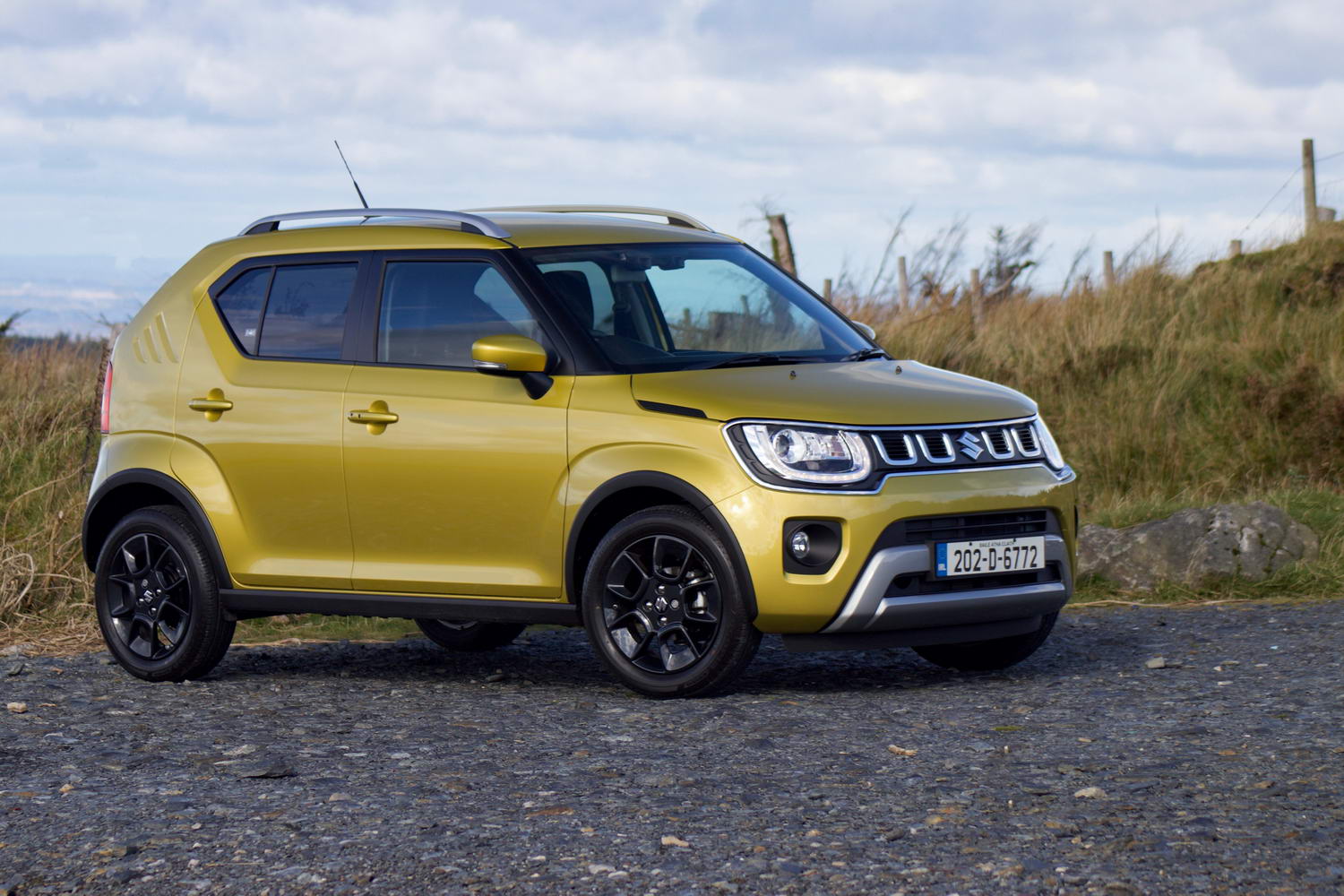With electrification taking over and safety regulations imposing a burden on manufacturers, the market for small, cheap hatchbacks is shrinking rapidly. The Volkswagen up!, Peugeot 108 and their assorted sibling cars - the Mii, Citigo and C1 - have all died a death, leaving a rather ragtag bunch of survivors. One such stayer is the Kia Picanto, but rather than letting it cling on grimly, Kia has invested in its smallest car.
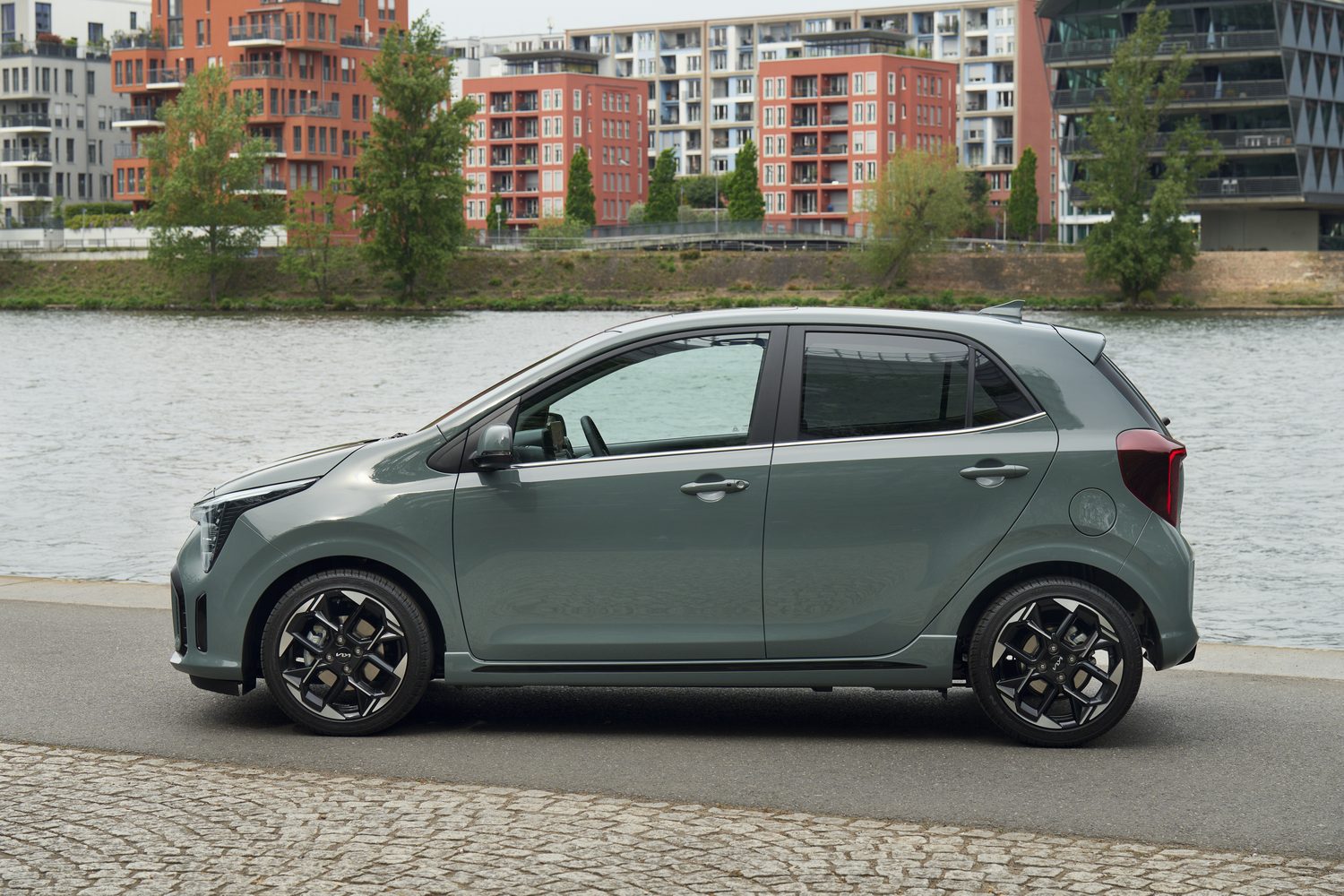
New for 2024 is a fresh look and some up-to-date on-board technology, all of which is welcome, but this first drive of the updated Picanto - in the UK with a slightly different specification to Irish cars - will have to answer an important question: will the quest for improvement leave us with a car that remains an excellent choice for all kinds of owners, or one that has lost its charm?
How much does the Kia Picanto cost?
Just one version of the Picanto is offered here in Ireland, with prices starting from €18,490. That’s rather good going when the Fiat 500 comes in at almost €21,000, and the Hyundai i10 costs €21,545, and it’s especially good when you consider how much kit the Kia comes with as standard.
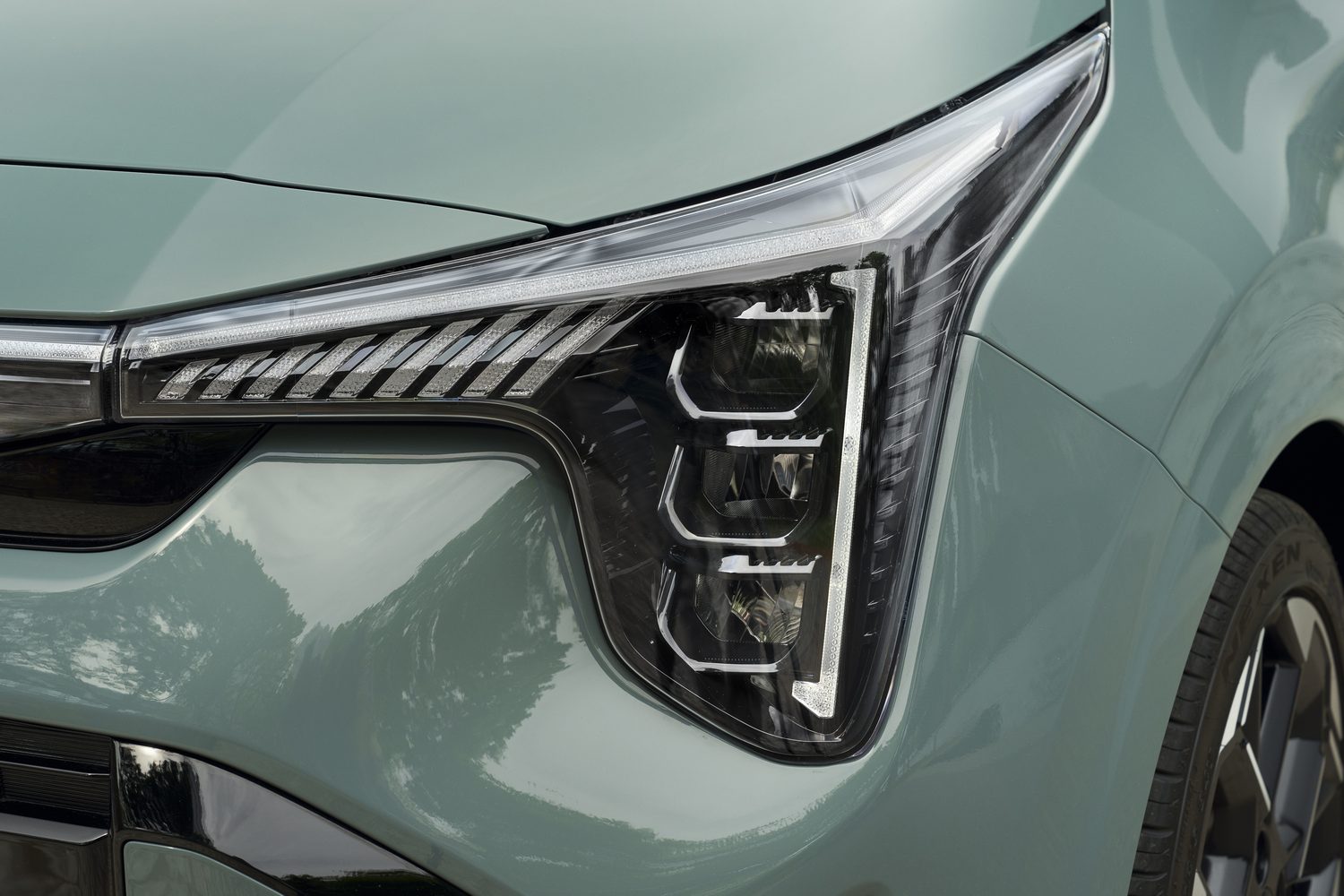
Every Picanto comes with 14-inch alloy wheels, the eight-inch touchscreen and the reversing camera, as well as manual air conditioning and safety technology, including lane-keeping assistance and the forward collision avoidance technology that can stop the car in case the driver fails to respond to a hazard. Alongside other small hatchbacks, it’s a strong level of standard equipment.
The only option - aside from metallic paint - is to choose an automatic gearbox instead, meaning a total price of €21,440.
What does the new Kia Picanto look like?
Kia says the updated Picanto has taken design cues from the massive EV9 electric SUV, and though it’s hard to imagine two more diametrically opposed vehicles in the Kia range, you can kind of see where the brand is coming from.
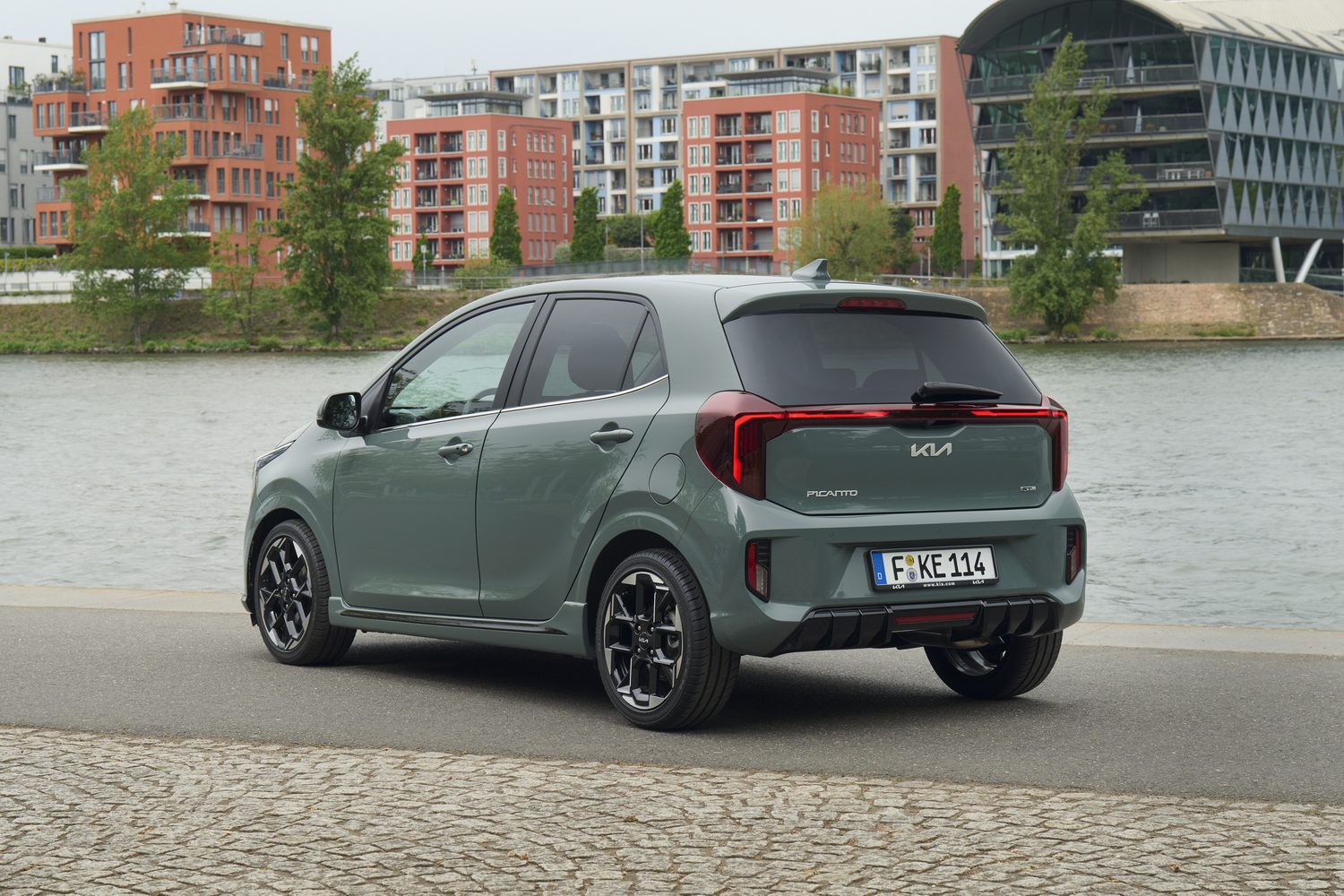
New bumpers have made the Picanto look squarer and more modern, while skinny, EV9-inspired headlights bring it closer into line with the latest Kia brand image. Combine that with the new lower bumper design that makes the car look like something out of Iron Man - albeit on a miniaturised scale - and a very boxy rear-end design, and the Picanto feels fresher and easier on the eye than it ever did before.
With its upright stance and skinny tyres, however, it still looks a little gawky and odd, but the inclusion of alloy wheels as standard at least ensures that even the most basic Picanto variants don’t look as though they’re fresh from the bargain bucket.
A look inside the updated Kia Picanto
Because this is really an updated version of the old Picanto, rather than a completely new car, the cabin hasn’t changed all that much. Many of the switches and dials are much the same, but Kia has installed a digital instrument display and an eight-inch touchscreen to make it feel a bit more modern.
New tech aside, there’s little else to report on, but that’s no bad thing. The quality is still fairly good for a car in this class - a few cheap plastics are to be expected when prices are low and profit margins are tight - but Kia has put some semi-luxurious touches in the Picanto. For example, the seats still have adjustable head restraints, which is a little bit of a rarity in this part of the market and makes for more comfort.
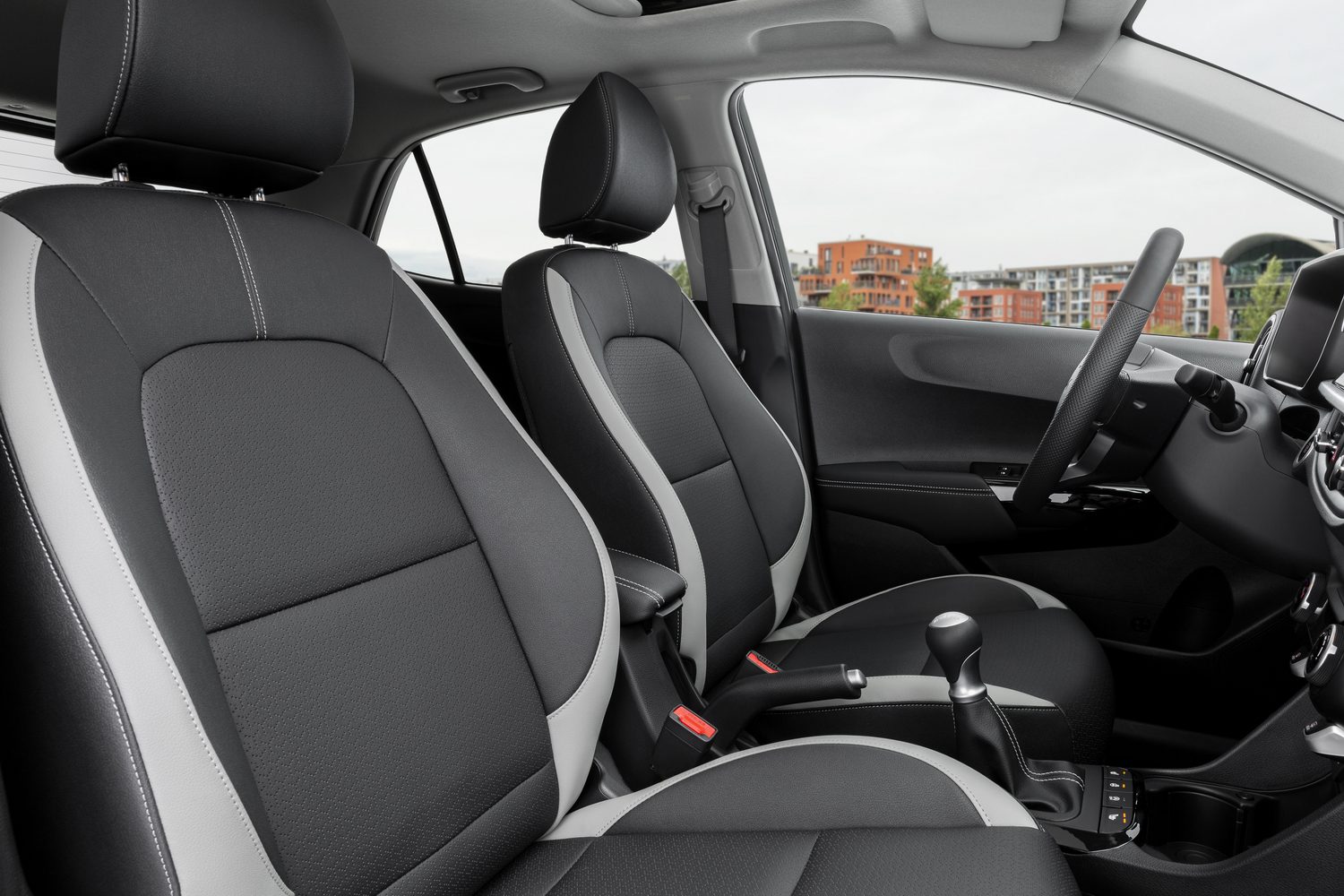
The other new additions are some eco-friendly materials, including ‘bio leather’ that’s part of Kia’s push towards leather-free interiors. That upholstery is found on the gear knob and steering wheel, as the seats are just cloth.
Speaking of seats, the Picanto gets five of them as standard, which isn’t always the case in cars of this size, and it gets five doors as standard. That means access to the back seats is reasonable, but the space back there is no more than adequate. While those in the front get plenty of room, tall adults will find the rear seats slightly cramped. But kids will be fine back there.
Similarly, the boot space is more adequate than ample, though the 255-litre space is larger than that of the Fiat 500, and it should be sufficient for most. You can always fold the back seats down for a bit more carrying capacity, and there’s an adjustable boot floor for a bit more in the way of configuration.
The Kia Picanto’s on-board technology
Kia’s decision to switch to a digital instrument display makes the car look and feel more modern, and it’s an impressive bit of kit for a relatively cheap small car. But despite all that, the instrument cluster isn’t all that sophisticated. The display is clear enough and easy to read, but there isn’t all that much in terms of customisation. You get a few trip computer displays and not an awful lot else.
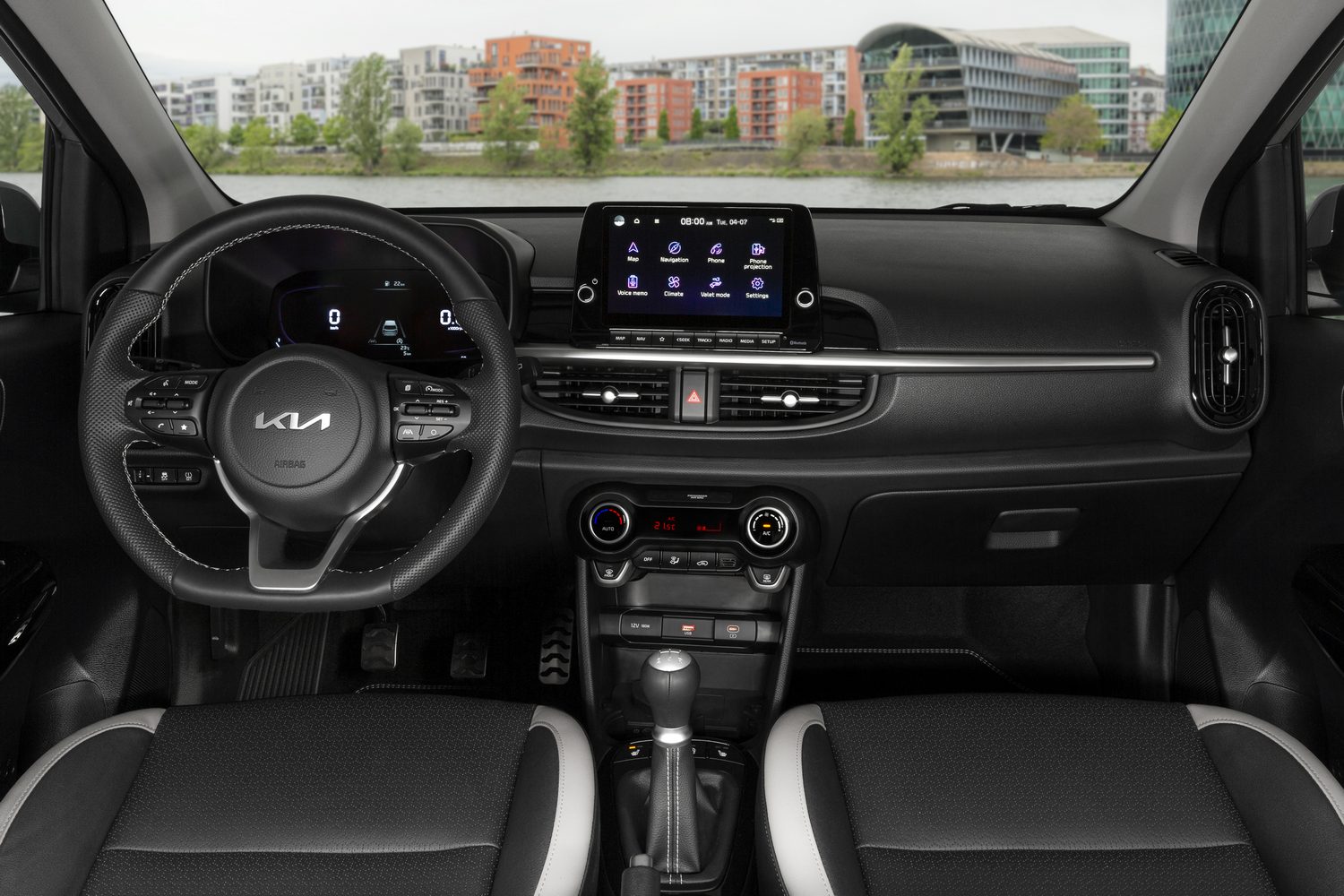
The standard central touchscreen is considerably more impressive, although it’s hardly the most modern screen you’ll ever see. It isn’t bad for a car in this class, though, and the menus are nice and logical. It’s easy to use, rather than especially clever, but there’s nothing wrong with that. And the fact it comes with a reversing camera and phone connectivity tech as standard is impressive.
How economical is the Kia Picanto?
The only Picanto model available in Ireland comes with a 1.0-litre, three-cylinder petrol engine. Officially, it’ll burn about five litres of unleaded every 100km, but we found it could easily better that on the road, achieving 4.5 litres/100km without us really trying. On the right roads and driven in the right way, it could probably get closer to the 4.0 litres/100km mark.
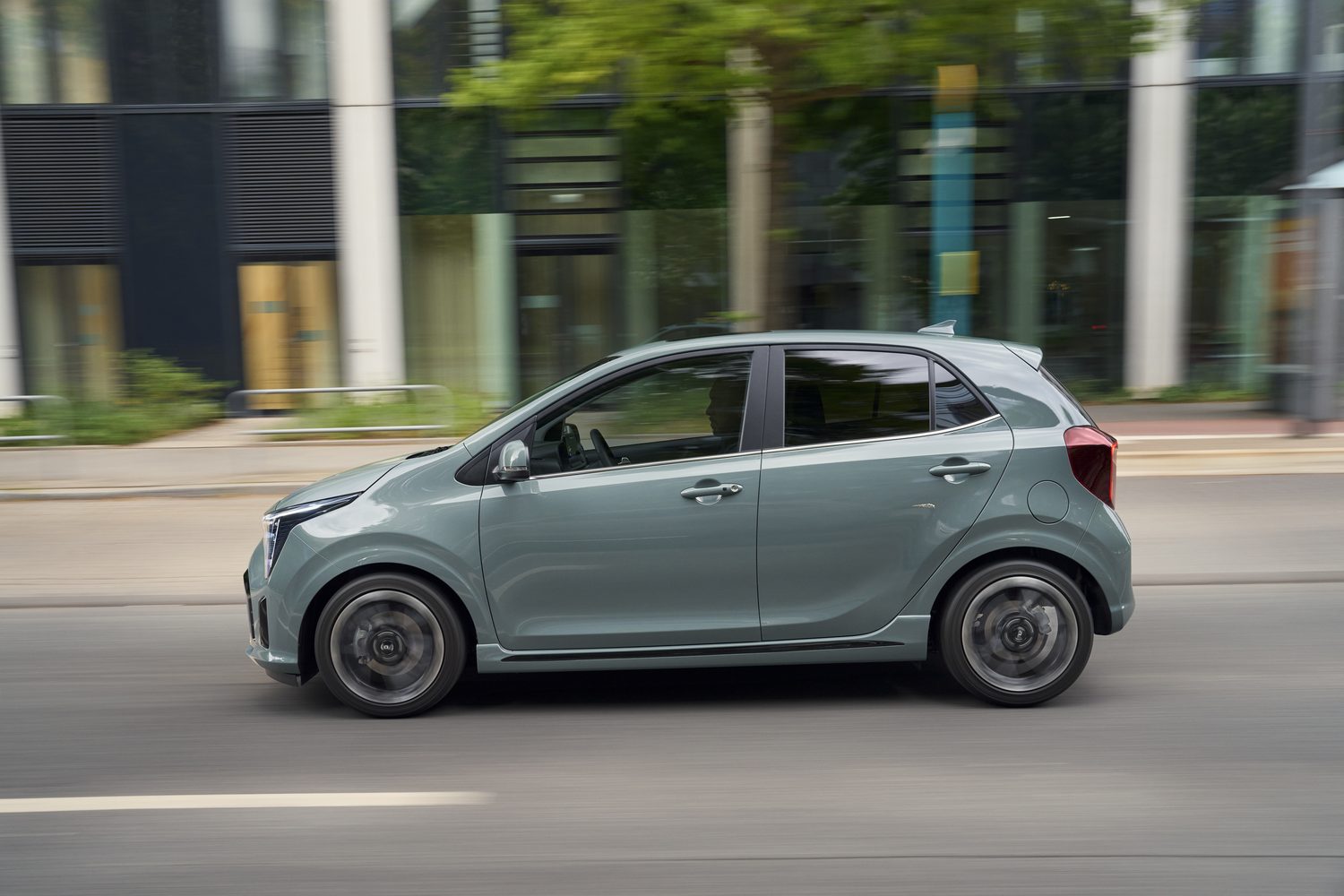
But driving it that economically on a regular basis might be tough, because the little three-cylinder engine goes without a turbocharger, so its peak outputs are a measly 63hp and 93Nm of torque. Those numbers are low in anyone’s book, and that shows through when you try to take the Picanto up a hill. Changing down a gear, or maybe even two, will almost certainly be necessary.
In fairness, that’s no great hardship thanks to the light and slick five-speed manual gearbox in the car we tested, which was pleasant enough to use and paired with a light clutch pedal, making urban driving a breeze. And knocking the car down a gear provides a throaty thrum from the engine, which sounds considerably more interesting than its performance figures suggest.
Although the 0-100km/h time is frankly glacial, the car’s lightness means it feels a bit perkier than that suggests around town, although it will get found out a little on a motorway slip road. Driving this at any sort of pace requires quite a bit of energy management from the driver.
Driving the Kia Picanto
Although the Picanto isn’t really a sporty car in any way, it does reward those who want to exploit its full potential. Yes, straight-line speed may be lacking, but it feels light and agile, and the wheels are near the corners of the car, which makes it handle quite tidily. Nobody will ever mistake it for a hot hatchback, thanks primarily to the tiny, skinny wheels and upright shape, but you can still have a bit of fun in the Kia. It leans a bit, but there’s a good amount of grip and it responds rapidly to steering inputs. And because it’s so slow, you can have fun without fear for your licence.
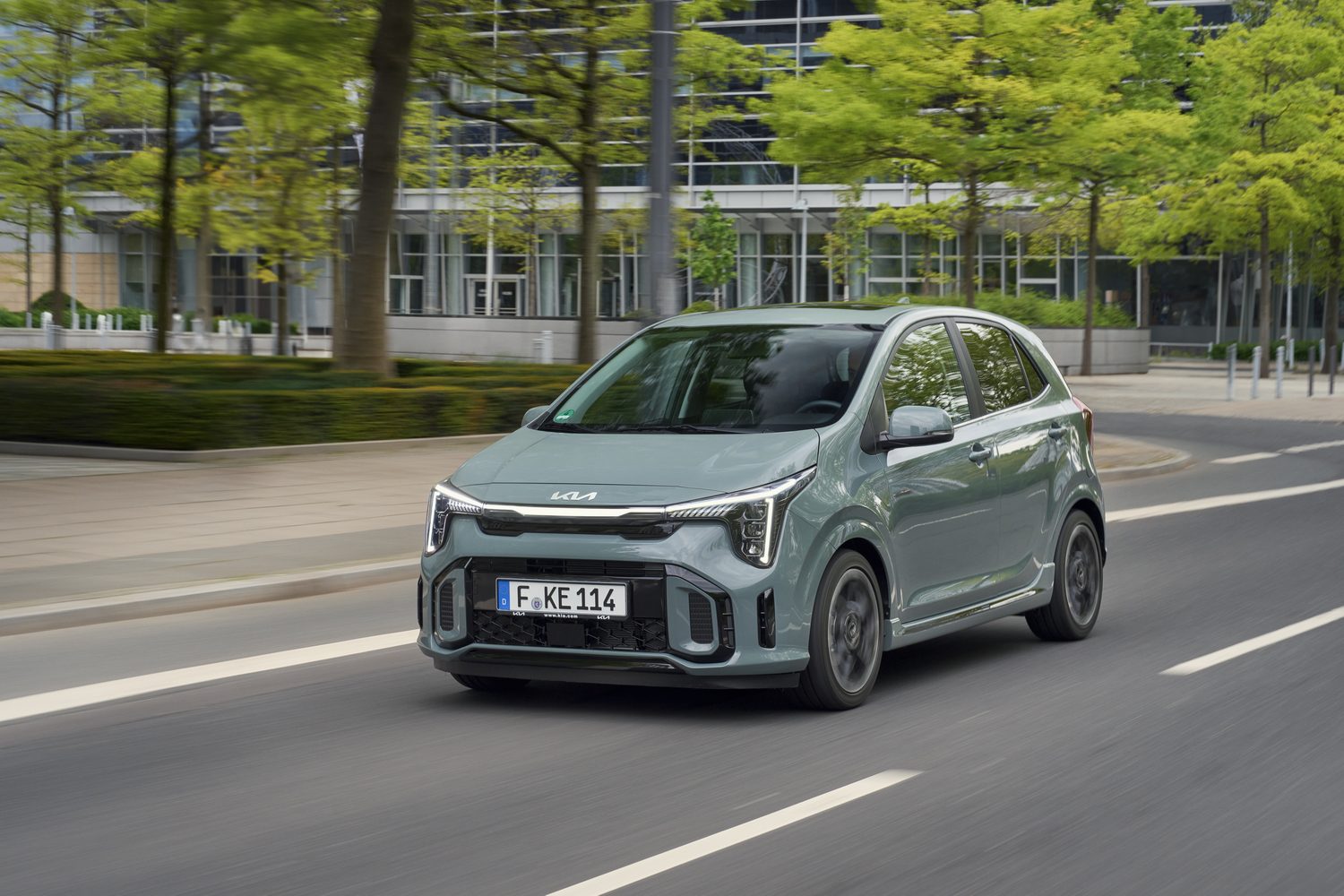
Naturally, though, the Picanto is arguably at its best in the urban and suburban environments for which it was conceived. Like the clutch and the gear change, the steering is light and slick, and the pedals feel similarly featherweight. It’s easy to drive in traffic, it’s easy to manoeuvre in car parks and the compact dimensions mean you’ll have little trouble finding parking spaces. The inclusion of a reversing camera as standard helps on that front, too.
All that said, the Picanto doesn’t feel quite so comfortable on the motorway. The ride isn’t bad at all for something so small, but the slab-sided design and the short wheelbase mean it’s far from the perfect long-distance cruiser. And with so little power, getting up to speed takes a while. But to be fair to the Kia, it’s fine once it is up to speed, and though there’s a bit of noise in the cabin, it’s a fairly comfortable place to spend journeys.
How safe is the Kia Picanto?
Euro NCAP, the independent crash-test organisation, has not yet assessed the new Picanto, but as the new car is pretty much identical to its predecessor under the skin, we expect it to inherit the same safety rating. That’s a bit complicated because it has two ratings - one for the car fitted with the safety pack, and one without.
That’s a little bit misleading, because every car sold in Ireland will have the lane departure warning technology and autonomous emergency braking that’s included in the safety pack, so the higher - four-star - rating applies to the modern Picanto. It’s a respectable score, albeit not an amazing one, but then small cars tend to struggle in the official ratings, which depend heavily on driver assistance technology. By way of example, the Toyota Aygo X received four stars when it was tested, as did the Fiat 500e.
How many child seats can you fit in a Kia Picanto?
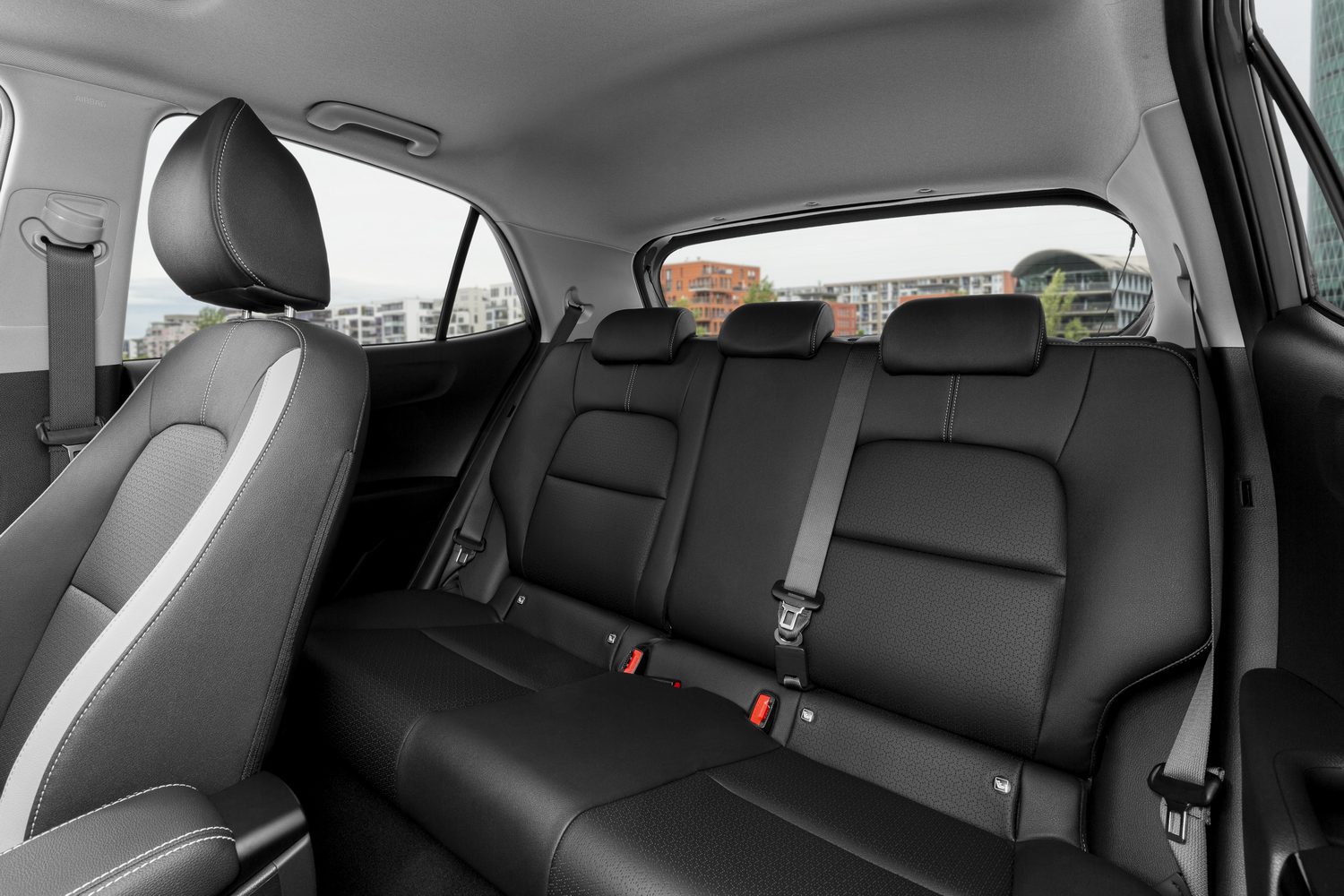
The Picanto has two ISOFIX child seat mounting points in the rear, fitted to the outermost seats in the bench, and complemented by child locks on the rear doors to stop inquisitive kids letting themselves out on the move. There are no dedicated mounting points in the front passenger seat, though, and good luck squeezing in two modern rear-facing child seats in the back and having room for the parents up front to fit in comfortably as well. Best to think of the car as suitable for one child in the back in a rear-facing seat and one adult driving.
The reasons you’d buy a Kia Picanto
The new Picanto isn’t all that different from its predecessor, but considered upgrades have ensured this remains one of our favourite small cars. It may not be powerful, but it’s still enormously good fun to drive, and the comprehensive standard equipment means it’s easier to live with than ever. For those in search of cheap and compact transport, the Picanto is a difficult car to beat.
Ask us anything about the Kia Picanto
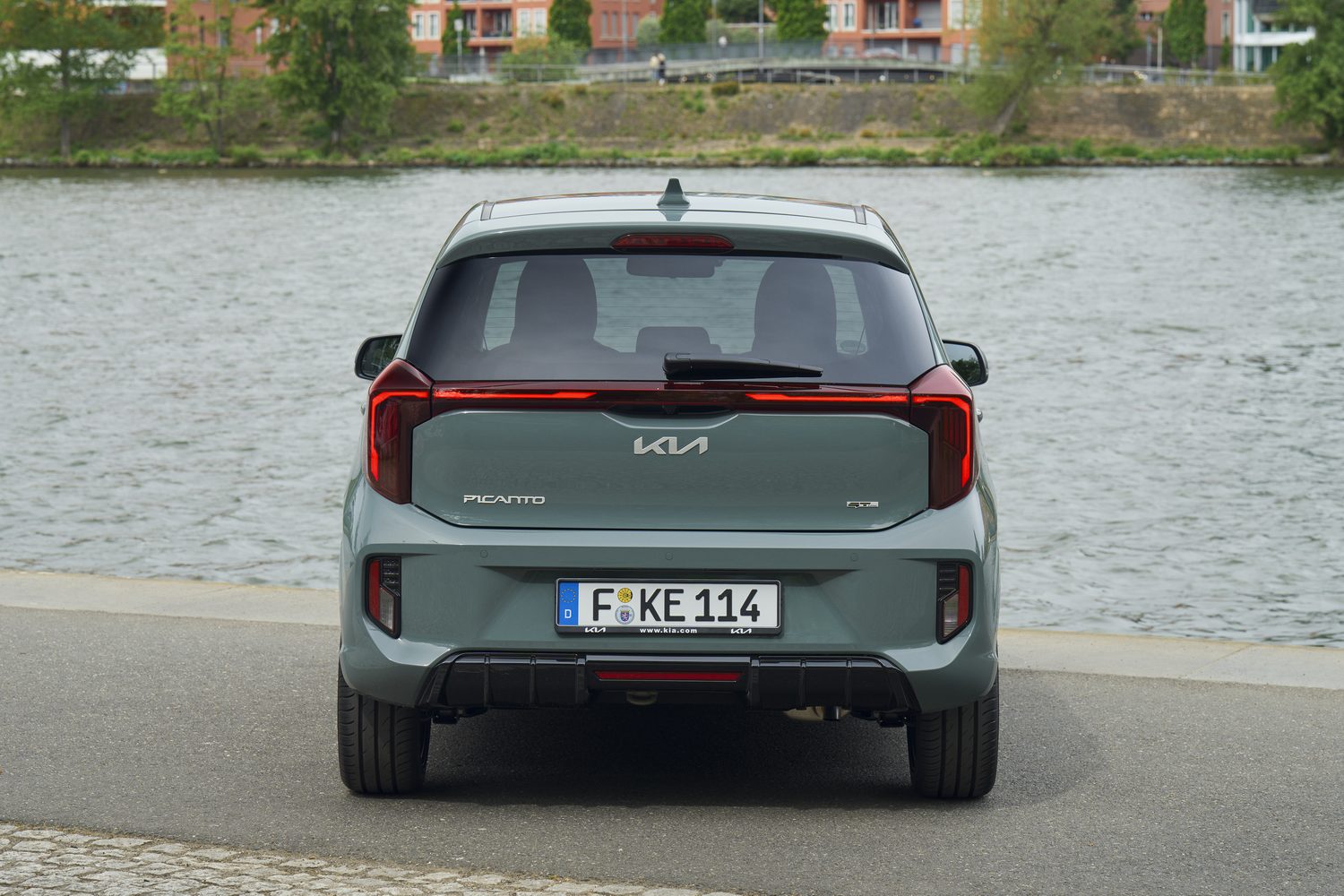
For more information on the Kia Picanto, or indeed any other car currently on sale in Ireland, simply head to the CompleteCar.ie Ask Us Anything page and get access to our expert advice service, where you can tap into our decades of experience and knowledge completely free of charge.

